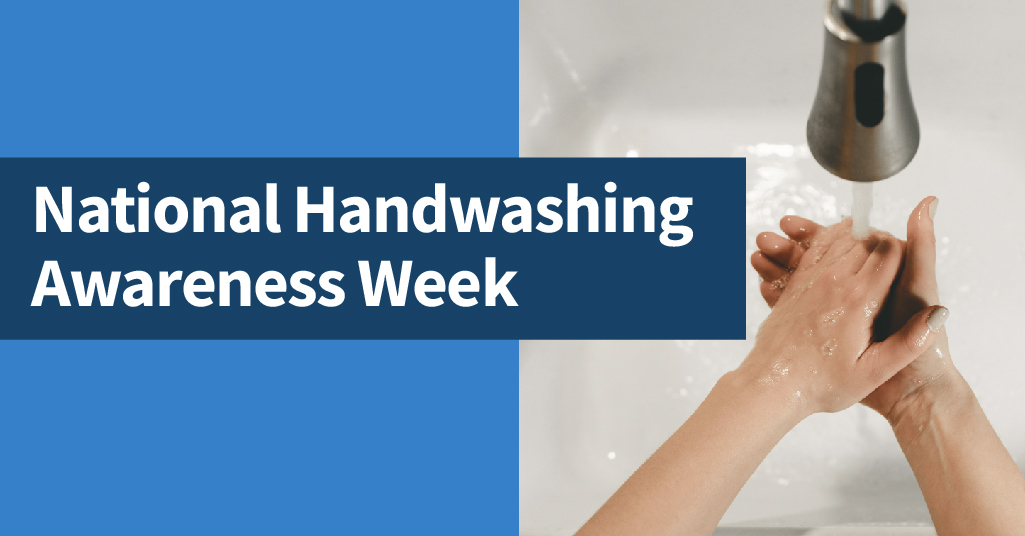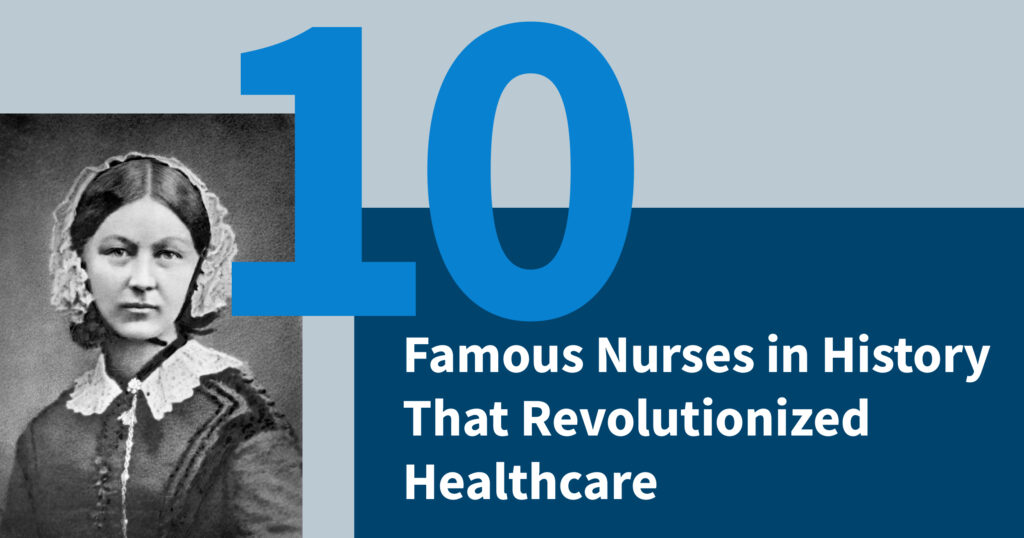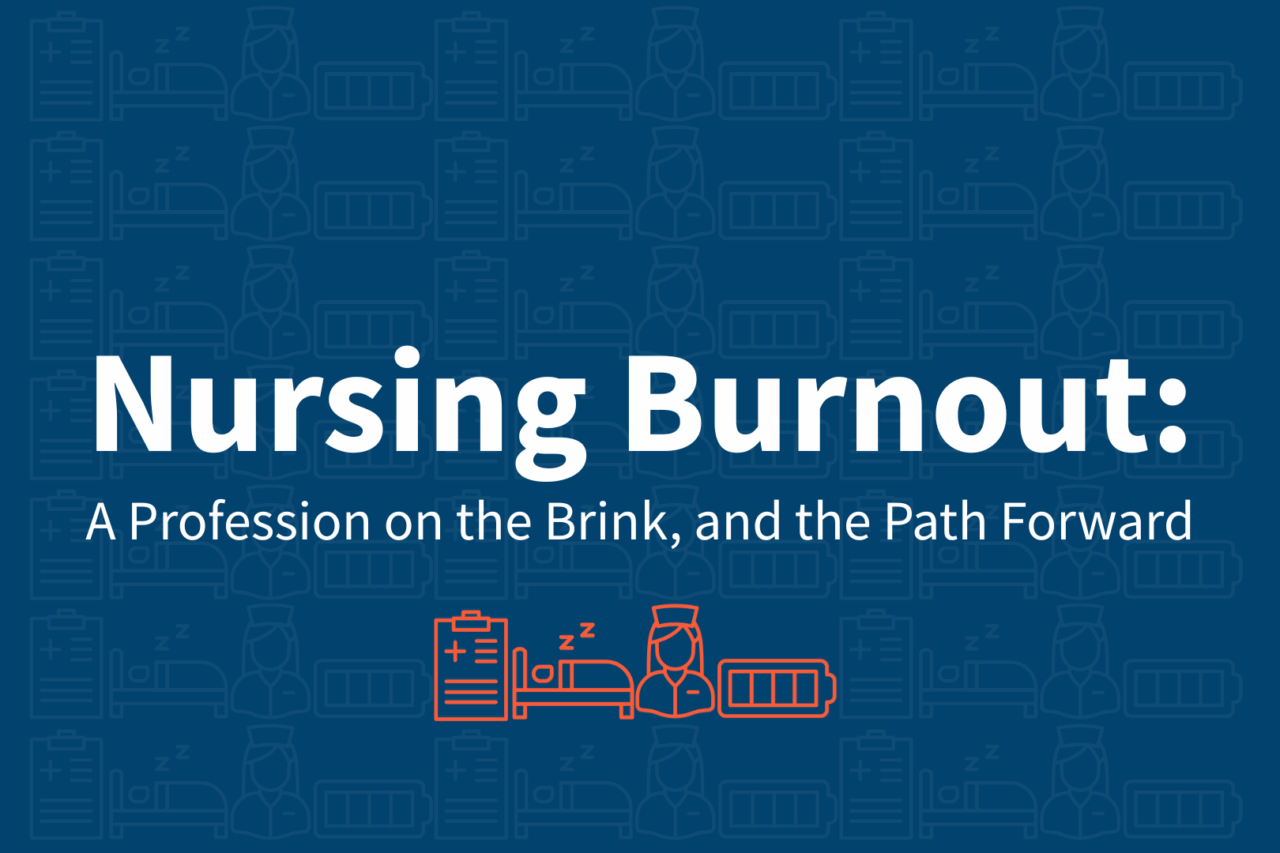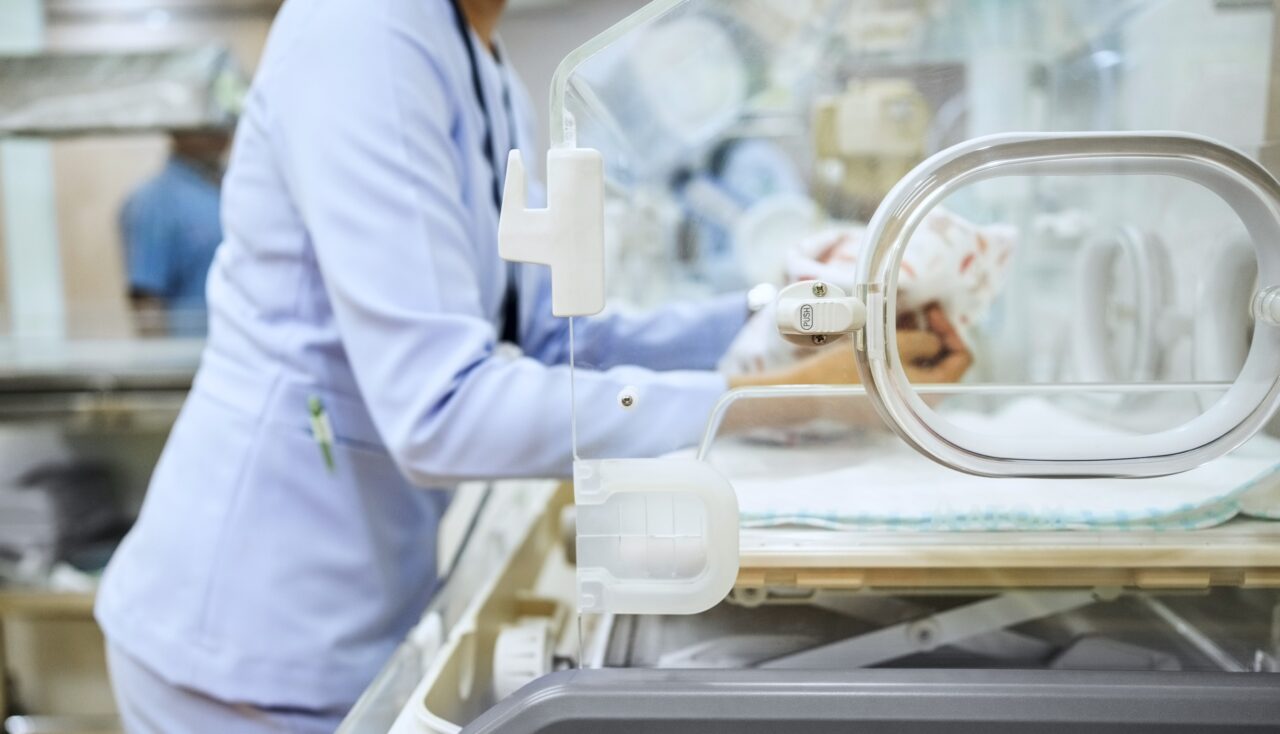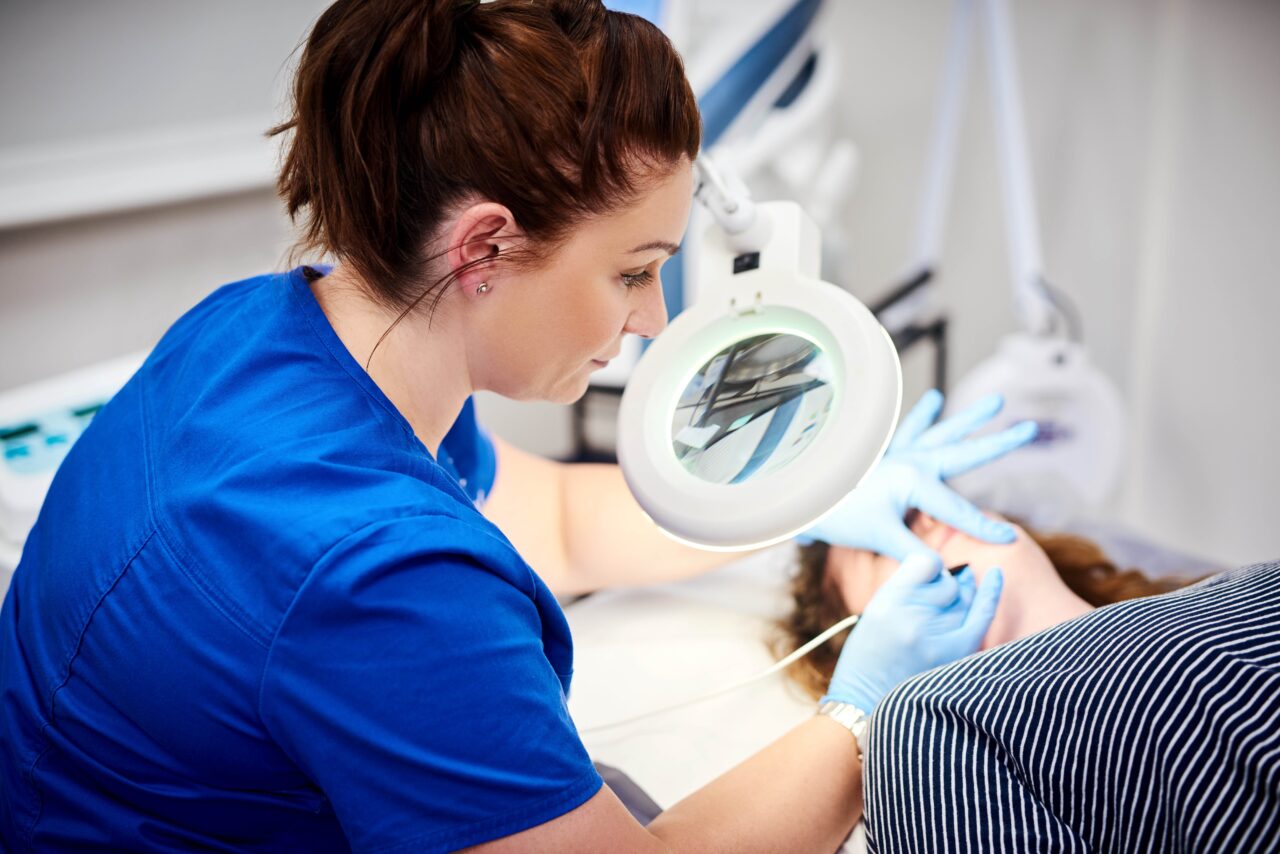National Handwashing Awareness Week
Staff WriterNov 16, 2021
Simply put, hand hygiene saves lives. Nurses have seen this firsthand. But it hasn’t always been the norm for healthcare settings. Introducing hand hygiene to medicine was a major revolution in healthcare. It was decades before the lifesaving practice of handwashing would be commonly accepted, but eventually it was, and National Handwashing Awareness Week keeps the spotlight on the importance of this basic disease prevention method.
1. What is National Handwashing Awareness Week?
The purpose of this annual event, celebrated the first full week in December, is to educate people on the importance of proper hand hygiene and appropriate hand-washing techniques. Don’t get it confused with Global Handwashing Day on October 15, which focuses on the importance of handwashing with soap and water all over the world.
Handwashing awareness began in the 1840s when a Hungarian doctor named Ignaz Semmelweis began gathering data at maternity wards. He noticed a difference in the conditions between the ward staffed by doctors and the one staffed by midwives. That difference was that the doctors often performed autopsies in addition to their other medical duties, and didn’t wash up after working on a cadaver. Instead, they went from patient to patient, carrying germs with them. The midwives, meanwhile, didn’t perform any autopsies, and thus were less likely to come into contact with what Semmelweis called “cadaverous particles.”
Semmelweis recommended physicians wash their hands to prevent the spread of those “particles” throughout the ward. Years later, we know washing one’s hands does indeed reduce the spread of a good deal of germs and bacteria.
2. What is Hand Hygiene?
Simply put, proper hand hygiene can help reduce infections by washing the hands thoroughly with soap and water or cleaning your hands with a waterless, alcohol-based sanitizer. It was years before hand hygiene became standard procedure around the world, but once it was, it was quickly recognized as a lifesaving practice.
3. How Long Should You Wash Your Hands?
If you’ve ever wondered how to wash your hands properly, a quick rinse does not get rid of germs as effectively as a long, thorough scrub. So how long should you wash your hands? The Center for Disease Control and Prevention (CDC) hand hygiene guidelines note you should scrub for at least 20 seconds, or about twice as long as it takes to sing “Happy Birthday” to yourself.
The World Health Organization (WHO) developed a five-step hand-washing method specifically for healthcare workers to avoid spreading germs to others and getting sick yourself.
5 Steps to Proper Handwashing:
- Wet your hands with warm, clean water and apply soap.
- Lather the soap and create bubbles by rubbing your hands together. Lather the backs of your hands, between your fingers, and under your fingernails.
- Scrub your hands and arms up to the elbows.
- Rinse your hands to wash away soap and germs.
- Dry your hands and arms with paper towels, or a blow dryer if possible.
4. How Often Should You Wash Your Hands?
As a child, you were probably told to wash your hands before eating and after a bathroom break. But that’s not the only time a good hand-washing session is necessary. Here’s when you should you wash your hands:
- Before, during, and after making any kind of food.
- Before and after caring for someone who is sick.
- Before and after treating a cut or wound.
- After changing diapers or cleaning up a child or other adult who has used the toilet.
- After blowing your nose, coughing, or sneezing.
- After touching an animal, animal food, or animal waste.
- After touching garbage.
- If you’re not sure if you should wash your hands … you should probably go ahead and wash them!
5. What to Look For in Hand Soap
Soap and water is necessary for effective hand-washing. Most commercially available soaps will work fairly well. The basic chemical structure of soap is what accounts for its effectiveness, so adding things like nice smells or color isn’t going to make you any cleaner. Neither is antibacterial soap, which the FDA recommended against using in 2016. So when it comes to hand-washing, use ordinary soap, and use it well. Most of the effectiveness of this revolutionary practice comes from your own good habits and diligence.
6. Is Hand Sanitizer as Effective as Hand-Washing?
If you don’t have soap and water handy, there are other ways of sanitizing your hands. Squirt a dime-sized amount of 60% alcohol-based hand sanitizer (as recommended by the CDC) and rub it on your hands and between your fingers to kill most germs. Experts agree that hand sanitizer is not a great substitute and should be used only when soap and water are not available.
7. Are Gloves Hygienic?
While gloves don’t provide complete protection for healthcare workers, they significantly reduce contamination between providers and patients, and germ dissemination in the environment.
The World Health Organization (WHO) has the following recommendations for safe glove practices.
When to Wear gloves:
- Before a sterile procedure.
- When anticipating contact with blood or another body fluid, regardless of the existence of sterile conditions and including contact with non-intact skin and mucous membrane.
- Contact with a patient (and his/her immediate surroundings) during contact precautions.
When not to Wear Gloves:
- As soon as gloves are damaged (or non-integrity suspected).
- When contact with blood, another body fluid, non-intact skin, and mucous membrane has occurred and has ended.
- When contact with a single patient and his/her surroundings, or a contaminated body site on a patient has ended.
- When there is an indication for hand hygiene.
- Wearing gloves is not a substitute for handwashing.
Nursing
Learn MoreHealth Sciences
Learn MoreApply Now
Request Info
